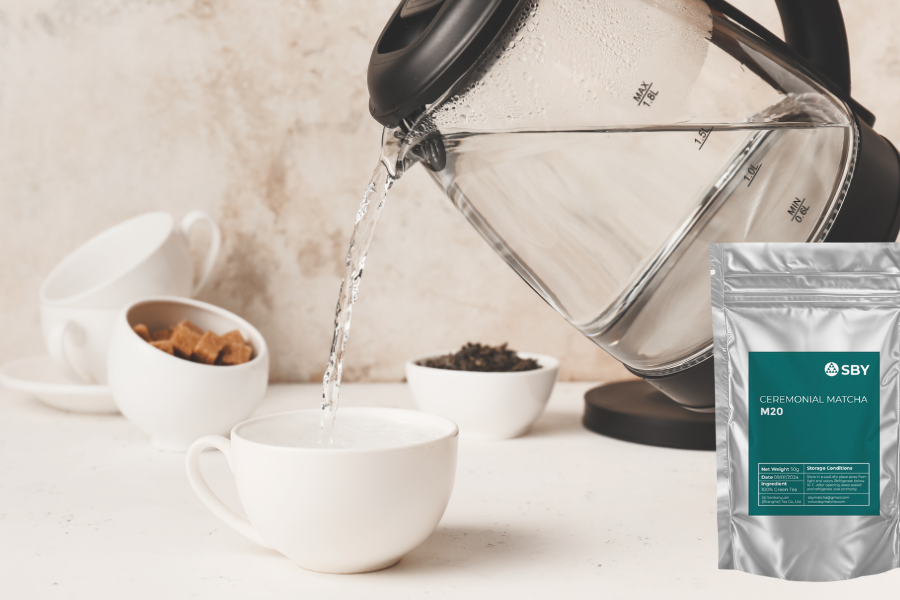
Mastering Matcha: 5 Mistakes You Might Be Making
Do you know the most common mistakes people make with matcha and how to avoid them? Don’t worry; we’ve got you covered!
Matcha powder is a delicious, nutrient-packed tea with deep roots in Japanese culture, and it has become increasingly popular worldwide. Packed with antioxidants and L-theanine (known for its relaxing, calming effects), matcha offers a balanced energy boost that people love. However, preparing the perfect cup of matcha takes a bit of skill, and a few common mistakes can ruin the experience. Here are the top five mistakes and how to avoid them for a smooth, enjoyable cup every time!
1. Skipping the Sift
Nothing disrupts a cup of matcha like finding clumps of tea powder floating in it! Because matcha is a finely ground powder, it easily clumps when mixed with water or milk. To prevent this, always sift your matcha before use. Using a fine mesh sieve and a small spoon or matcha tea scoop (called a Chashaku) will help create a smooth, creamy consistency.

Quick Tip: Sifting only takes a few extra seconds but makes all the difference between a clumpy, grainy tea and a silky-smooth matcha experience.
2. Using Water That’s Too Hot
Water temperature is crucial when preparing matcha. For the best flavor, aim for a water temperature between 140-170°F. If your water is boiling (212°F), it’s too hot and can scorch the matcha powder, resulting in a bitter, unpleasant taste. A rich, umami flavor with a hint of sweetness is ideal for matcha, and the right water temperature helps achieve it.

Quick Tip: If you don’t have a temperature-controlled kettle, bring your water to a boil and let it sit for 3-5 minutes to cool slightly before adding matcha.
3. Using Low-Quality Matcha
All matcha is not created equal! High-quality matcha is vibrant green, rich in antioxidants, and has a naturally sweet, earthy flavor. Lower-quality matcha may appear brown or yellowish, often tastes bitter, and might contain fewer nutrients. Look for matcha from Japan in an opaque container to prevent oxidation, and choose the appropriate grade for your needs—ceremonial grade for tea, and culinary grade for smoothies or baking.

Quick Tip: High-quality matcha may cost a little more but will deliver a far superior taste and a better matcha experience.
4. Incorrect Matcha-to-Water Ratio
The ratio of matcha to water affects both the strength and flavor of your tea. A good starting point is about 1 teaspoon (2 grams) of matcha powder to 8 oz of water, creating a full-bodied, flavorful cup. Experiment with the ratio to find the strength you prefer, but remember that a little matcha goes a long way!

Quick Tip: Everyone’s tastes are different, so don’t be afraid to play with ratios until you find your perfect cup.
5. Improper Storage
Matcha is highly sensitive to light and air, and improper storage can quickly lead to oxidation, which diminishes both flavor and health benefits. To keep your matcha fresh, store it in an airtight, opaque container away from direct sunlight. After opening, keep it in the fridge or freezer for maximum freshness, ideally using it within two to three months.

Quick Tip: Write the date you opened the matcha on the container to track freshness, and always keep it sealed tightly to prevent air from affecting the powder.
By avoiding these five common mistakes, you’ll be on your way to making a perfect cup of matcha every time! The process may seem precise, but with practice, it becomes a relaxing, meditative ritual that yields a delicious, nutritious drink.
